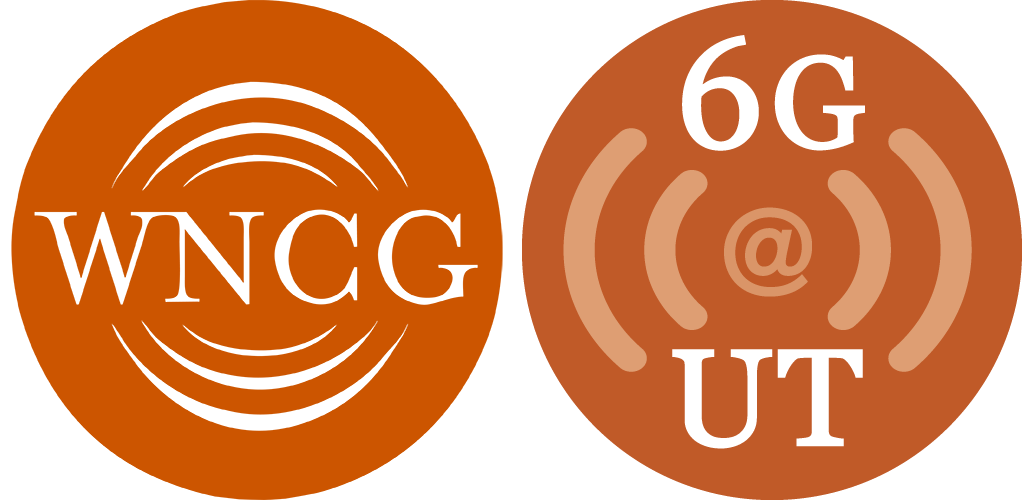Abstract:
We study the wireless two-way relay channel (TWRC), where two source nodes, S1 and S2, exchange information through an assisting relay node, R. It is assumed that R receives the sum signal from S1 and S2 in one time-slot, and then amplifies and forwards the received signal to both S1 and S2 in the next time-slot. By applying the principle of analogue network coding (ANC), each of S1 and S2 cancels the so-called self-interference in the received signal from R and then decodes the desired message. Assuming that S1 and S2 are each equipped with a single antenna and R with multi-antennas, we analyze the capacity region of the ANC-based TWRC with linear processing (beamforming) at R via convex optimization techniques. The capacity region contains all the achievable bidirectional rate-pairs of S1 and S2 under the given transmit power constraints at S1, S2, and R. We derive the relay beamforming structure by solving a non-convex problem via SDP relaxation, and show that we could reconstruct the exact optimal solution from the relaxed solution for the original non-convex problem.
Biography:
Shuguang Cui received his Ph.D in Electrical Engineering from Stanford University, California, USA, in 2005, M.Eng in Electrical Engineering from McMaster University, Hamilton, Canada, in 2000, and B.Eng. in Radio Engineering with the highest distinction from Beijing University of Posts and Telecommunications, Beijing, China, in 1997. He is now working as an assistant professor in Electrical and Computer Engineering at the Texas A&M University, College Station, TX. His current research interests include resource allocation for constrained networks with convex optimization techniques, network information theory, statistical signal processing, and general communication theories. He has been serving as the TPC co-chairs for the 2007 IEEE Communication Theory Workshop, the ICC'08 Communication Theory Symposium, and the GLOBECOM'10 Communication Theory Symposium. He has also been serving as the associate editors for the IEEE Transactions on Wireless Communications, IEEE Communication Letters, and IEEE Transactions on Vehicular Technology, and the elected member for IEEE Signal Processing Society SPCOM Technical Committee.

